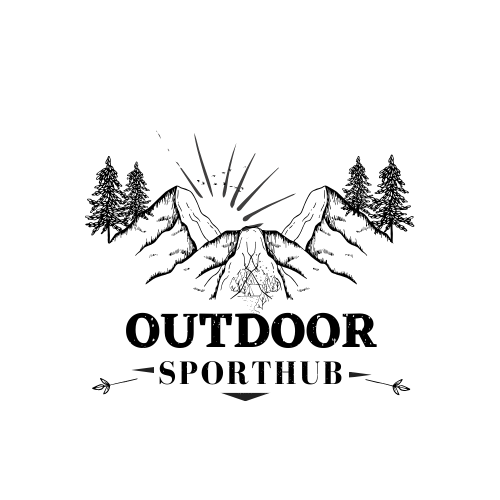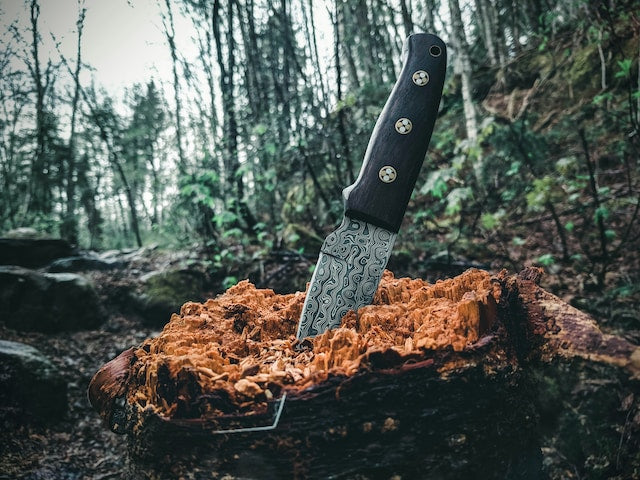
-
Blade Type:
- Fixed Blade: Fixed-blade knives are generally more durable and reliable for hunting. They have a blade that is permanently fixed to the handle. They are sturdy and less prone to mechanical failure compared to folding knives.
- Folding Blade: Folding knives are more compact and easier to carry. They have a blade that folds into the handle, making them more portable. However, they are generally not as strong as fixed blades.
-
Blade Shape:
- Drop Point: This is a popular hunting knife blade shape. It has a slightly curved edge and a well-defined point, making it versatile for various hunting tasks.
- Clip Point: Clip point blades have a concave curve at the top, which forms a "clip" or pointed tip. They are good for detail work and piercing tasks.
- Skinning Blade: Some hunting knives have specialized skinning blades with a curved, narrow edge designed for skinning game.
-
Blade Material:
- Stainless Steel: Stainless steel blades are resistant to corrosion and generally require less maintenance. They may not hold an edge as long as high-carbon steel, but they are more durable in wet or humid conditions.
- High Carbon Steel: High-carbon steel blades are known for their sharpness and edge retention. However, they are more susceptible to rust and require regular maintenance.
-
Blade Length:
- The ideal blade length depends on personal preference and the specific tasks you intend to perform. A blade length of 3.5 to 6 inches is generally versatile for most hunting applications.
-
Handle Material:
- Grip and Comfort: The handle should provide a secure and comfortable grip. Common handle materials include wood, bone, rubber, synthetic composites, and various types of plastics. Choose a material that feels comfortable and provides a secure grip, even in wet conditions.
-
Tang:
- The tang refers to the portion of the blade that extends into the handle. A full tang runs the entire length of the handle, providing extra strength and stability. This is generally preferred for hunting knives.
-
Sheath:
- A good sheath is important for safely carrying and storing the knife. Look for a durable sheath that securely holds the knife and is easy to attach to your belt or backpack.
-
Weight and Balance:
- A well-balanced knife with a comfortable weight can reduce fatigue during extended use.
-
Intended Use:
- Consider the specific tasks you'll be performing while hunting. If you'll primarily be field dressing and skinning game, a knife with a drop point or skinning blade may be ideal. If you need a more versatile tool, a drop point or clip point blade can be suitable.
-
Budget:
- Set a budget based on your preferences and the quality of knife you're looking for. There are good hunting knives available at various price points.

